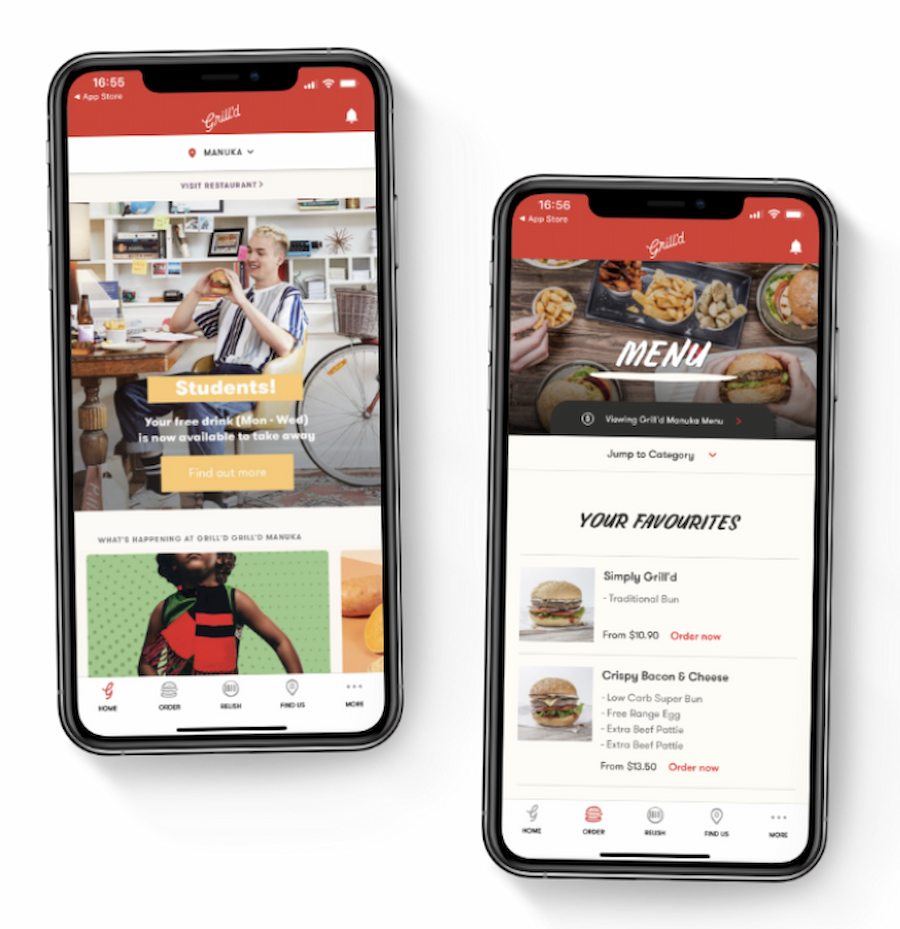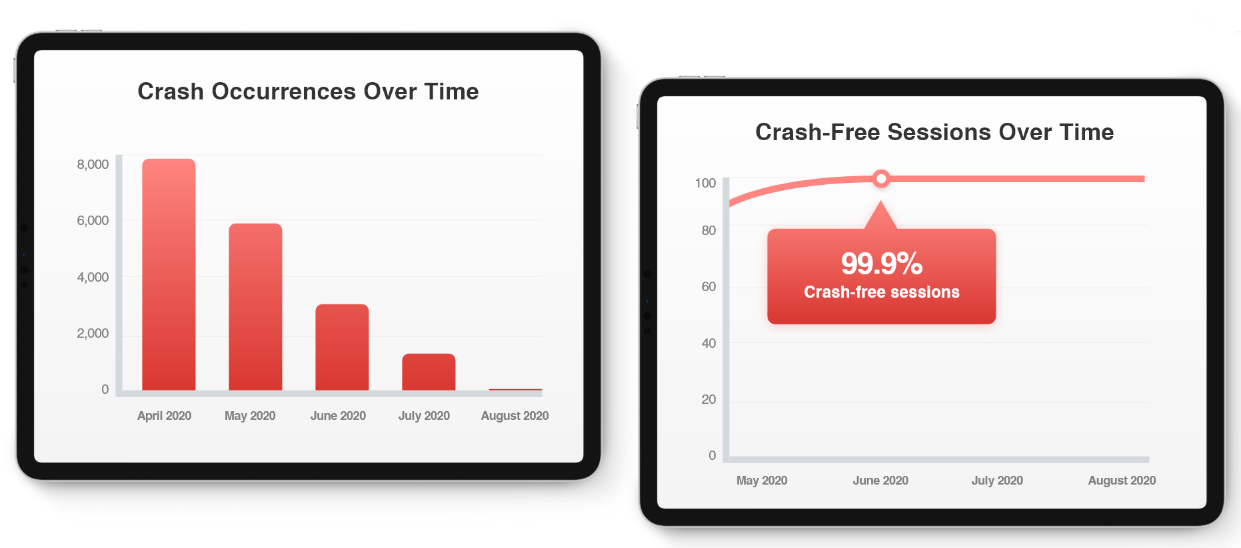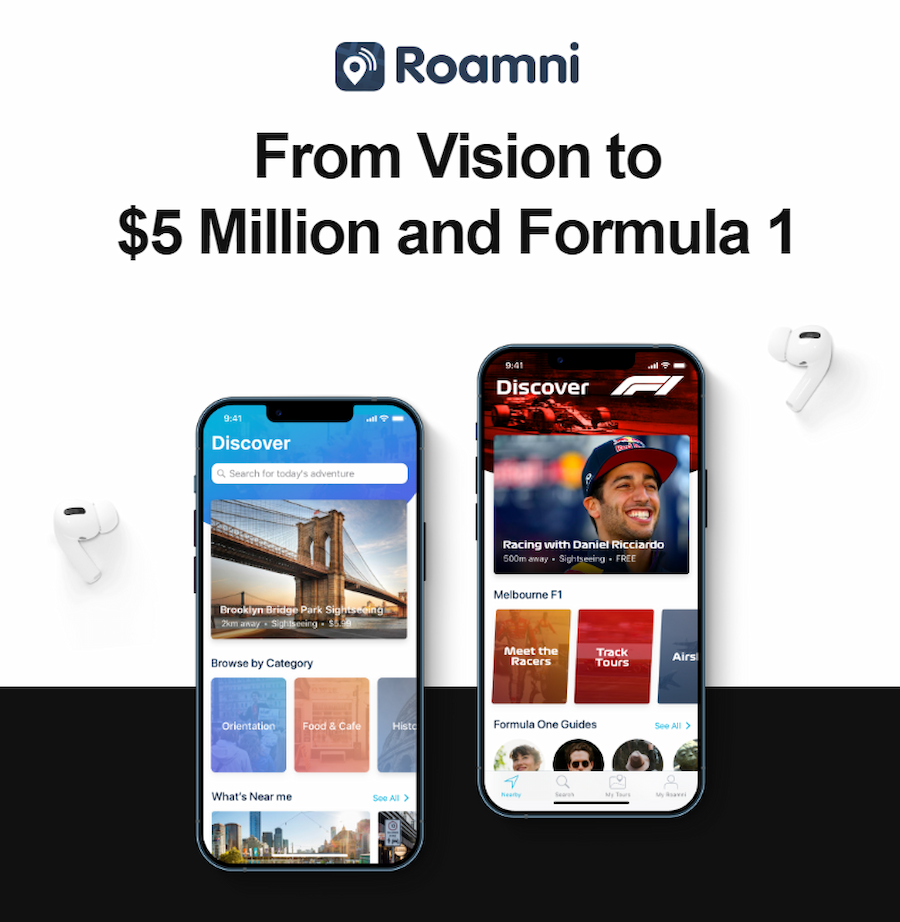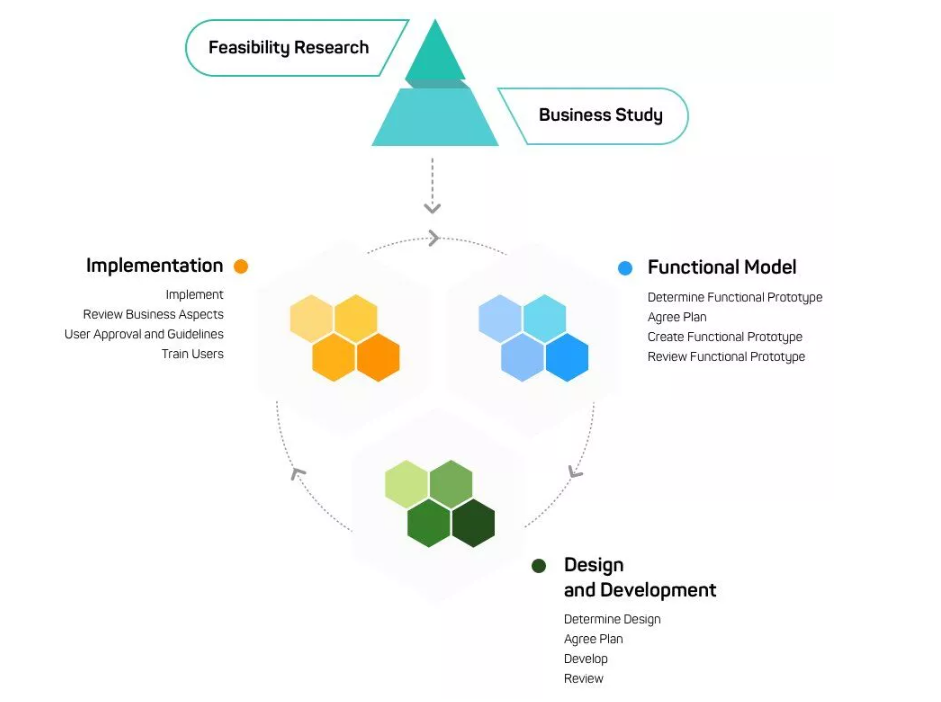Decoding Software Development Methodologies: Which Best Fit Your Project?

The global software industry is worth around $800 billion as of writing.
But plunging into this deep profit pool is not that cut-and-dried. After all, different customers have different software needs.
Gone were the days when you could just design, build, and market software or apps all in one linear process. There are even methods now that involve conducting multiple trial runs before making the actual software.
This article will talk about these software development methodologies and how to pick the best one that fits your project or organizational needs.
But before we go deeper, let’s first define software development methodology.
What is software development methodology?
Methodologies for software development seek to do the following:
- Organize the workflow
- Establish communication pathways among team members
- Make efficient use of time and resources.
All these ensure that the piece of software produced is of high quality while keeping costs reasonable.
Speaking of reasonable expenses, our Appetiser IP has made app development costs accessible by launching applications to the market 50% faster than average. So if you’re considering leveraging high-quality apps for business growth or greater social impact, call us so we can lay out your roadmap for success.
Why is it important to choose the right methodology?
The goal of a software development methodology is to find the best process that takes into account the following:
- Cost
- Output quality
- Client requirements
Any significant misalignment among the three mentioned can have massive financial repercussions. For example, poor software quality alone costs the U.S. economy around $2 trillion in 2020. But on a side note, some developers reduce this loss through robust and efficient quality assurance and quality engineering mechanisms.
There are also cases when software developers have to start from scratch if their client does not like what they built. Unfortunately, more often than not, this situation leads to a huge waste of time and resources.
To avoid all these pains, choosing the right software development methodology is vital. Among the many benefits of the optimal development model are :
- Improvement of understanding and collaboration among project managers and their software developers
- Reduction of software project risks and the likelihood of failure
- Completion of projects within budget and time constraints
These benefits ensure the production of the best possible software or app that pleases clients at the least possible cost.
Now that you know the why of picking the right method, it’s time to learn the what. Let’s unpack the most common software development methodologies found in the industry today.
5 Popular Software Development Methodologies and Their Use Cases
There are many software development methodologies to choose from. They mostly differ in the linearity of their process and whether they produce software outright. These methodologies are:
- Waterfall methodology
- Agile methodology and derivations
- Lean methodology
- Rapid Application Development (RAD)
- Dynamic Systems Development Methodology
#1 Waterfall methodology
Basic overview
This methodology is perhaps the most straightforward and traditional. The waterfall software development process resembles an automobile assembly line. In this method, the software gradually takes shape as it progresses from one step to another.

Source: AcqNotes.com

Source: Flickr
The piece of software also does not go back to previous development stages as it moves along the process. Instead, the program is launched to market in one direction, just like a car would be driven from a factory to a dealership.
Client/team suitability
The waterfall system best matches clients that have well-defined goals for the software they want to be built (usually enterprise- or corporate-level clients). In addition, they understand that this method does not give much elbow room for modifying the output in the middle of the development process.
#2 Agile methodology and derivations
I will discuss in this section the agile way of developing software and all other methods that borrow heavily from it. I will delve deeper into the agile methodology, followed by these variations of agile:
- Scrum software development
- Feature-driven development (FDD)
- Extreme programming
Agile methodology
Basic overview
Agile software development is the opposite of the waterfall methodology. Unlike the waterfall method, it can go around in circles. But in a good way.
Consider this. In the waterfall methodology, the software gets built, tested, and shipped out in one linear action. Conversely, Agile allows the retesting and rebuilding of software in process loops until developers fulfill client or project requirements. It is only after clients give their approval that the software in question is launched to market.

Source: EOIIN Connect
Client/team suitability
Ideal for clients who like the flexibility of modifying their requested software during the development process.
At Appetiser, we are no strangers to development iteration. In fact, Australian restaurant giant Grill’d approached us with a crash-prone app. Read our case study to learn how we turned the faulty app into reliable software that reeled in new customers.


Scrum software development
Basic overview
The scrum methodology involves production segments called sprints. Each sprint is composed of the following steps:
- Planning
- Coding of one or a few features into the software being developed
- Meeting among the development team and with clients
- Final review

Source: SesameDisk.com
Client/team suitability
Ideal for clients who love to get updates regarding their projects regularly. Clients are included in the sprint meetings.
Feature-driven development (FDD)
Basic overview
This is divide-and-conquer, software dev style. But where colonists split land to rule, FDD chief programmers divide software features among various development teams.
This method of building software involves the following steps:
- Development of the overall model – Developers identify the problem that a piece of software should solve
- Creating a features list – The features that the software will have are outlined
- Plan by feature – Developers map the sequence for feature development, prepare for any potential risks and mitigate software supply chain threats to prevent disruptions in development processes
- Design by feature – The chief programmer prioritizes the features and assigns which dev teams build particular features
- Build by feature – Development teams develop different features simultaneously. Once all features are built, the best ones are selected and added to the final build

Source: Pace.edu
Client/team suitability
Teams for this software methodology tend to be quite large. A small group would take too long to finish a project if they chose the FDD method. This way of building software also relies heavily on highly-competent chief programmers. They have to know which features match the skillset of their subordinate developers.
Extreme programming (XP)
Basic overview
Also known as XP, this methodology is like a car assembly line on steroids. Imagine a piece of software is a car. In the waterfall development methodology, a sports car is assembled bit by bit from the first to the last production station. If the vehicle passes quality control, it is shipped to a dealership.
Here’s the kicker. The assembly line for the XP method can produce a family car AND/OR turn that vehicle into a sports car.
Applying this car analogy to software creation, extreme programming enables the development of a piece of software that has a few basic features in the beginning. At the end of the “production line,” the client who requested the software can either:
- Accept the basic version and launch it OR
- Tell the developers to add extra bells and whistles
The production cycle or loop can repeat as often as the client wants, depending on their resources or requirements.
Client/team suitability
Since building basic software features takes less time and time is money, clients with limited budgets favor this development methodology. Conversely, the same clients can add more features if they get extra funding or market validation.
#3 Lean methodology
Basic overview
This is the only software development methodology that is also a philosophy. In fact, its principles are also applicable to production processes outside the software industry.
Lean development is based on the lean manufacturing principles of Toyota. The car company sought to eliminate waste in its production process to minimize cost while ensuring quality and timely output.
In the context of software development, the lean methodology finds expression in the following central ideas:
- Removing steps or tasks that don’t really add value to the software output
- Eliminating time and resource wastage in the development process
- Constant communication and respect within development teams and between devs and their clients
Client/team suitability
Clients with limited budgets and tight timelines would benefit greatly from software development companies that use the lean method.
#4 Rapid application development (RAD)
Basic overview
Developers working within the RAD methodology also use the looped assembly line in the agile development method. But the focus is building the best possible prototype first, then making the software later.
Prototypes are like mock-ups of the software or apps being developed. They help clients and potential users assess the look and feel of the final product. Prototypes can also attract million-dollar investments. Check out these case studies on our clients Roamni and Vello to see what I mean.


In the RAD process, the best prototype is built in accordance with user feedback. So RAD-trained developers design a prototype based on project requirements, give it to a sample set of users, then work on the prototype again based on user feedback.
The developer-user loop only ends when the users are already fully satisfied with the prototype. Once the loop terminates, the software is coded based on the most desirable prototype.

Source: Quixy
Client/team suitability
This method of building software also works best for clients pressed for time. Development proceeds relatively quickly since no time is wasted coding an unwanted piece of app or software. However, clients with budget constraints may want to consider other methodologies.
Teams implementing the RAD methodology could be small but must be highly skilled in collaborating with users.
#5 Dynamic systems development
Basic overview
The more enhanced version of RAD, the dynamic systems development model includes feasibility and business studies. Research on the business feasibility of the software kicks off the process, followed by prototype development in the context of the developer-user feedback loop, then software coding.
The dynamic systems method involves training a sample population of users on the software once it is finalized. They then test the newly built product.

Source: Velvetech
Client/team suitability
The client profile is similar to the RAD model. However, the dynamic systems development method best suits large development teams. Unlike RAD, this method is more complex and involves training sample users on how a piece of software is used.
The Appetiser Methodology: the best of all worlds
Each software development methodology is a world of concepts, tools, and processes. Therefore, all the methods I discussed have their pros and cons.
App developers must develop a system that integrates the best of all these worlds for optimal outcomes.
Our app developers and product experts are good at this sort of integration.
When we develop web and mobile apps, we design prototypes, code, and adjust outputs according to client feedback. In a way, we’re mostly agile with a dash of dynamic systems and other software development methodologies. Our Appetiser IP has enabled our clients to launch apps 50% faster on average without compromising quality.
Schedule a free consultation and learn how you can grow or make an impact through a best-of-all-worlds app success solution.

Jesus Carmelo Arguelles, aka Mel, is a Content Marketing Specialist by profession. Though he holds a bachelor’s degree in business administration, he also took courses in fields like computer troubleshooting and data analytics. He also has a wealth of experience in content writing, marketing, education, and customer support.


